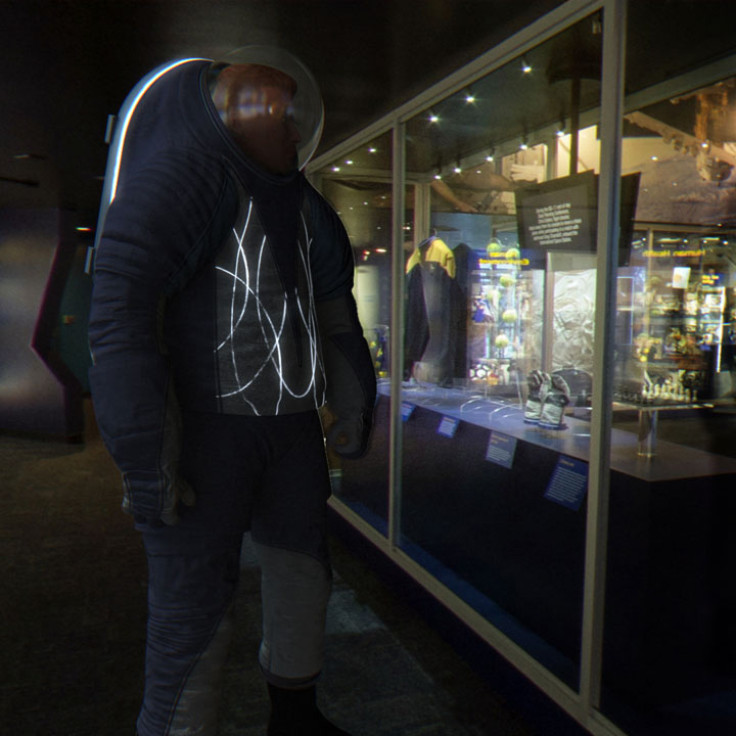Nasa Calls on Public to Vote on Z-2 Prototype Spacesuit

Nasa has called for members of the public to help design the new spacesuit, a follow-up to the popular Z-1 suit.
The space agency has revealed its spacesuit of the future, the Z-2, which boasts several new features which make the technology ideal for the future of space exploration.
Announced this week, users can select from three different suits: Biomimicry, Technology and Trends in Society. Biomimicry takes inspiration from the ocean, Technology has a neon glow and Trends in Society is for the fashion-conscious, with looped patterns.
Voting is now open on the Z-2 Spacesuit Design webpage and will run until 15 April 2014 at 11:59pm EDT (3:59am on 16 April in the UK).

It is the combination of several important developments for Nasa, including the first surface-specific planetary mobility suit to be tested in full vacuum.
It will feature the most advanced use of impact resistant composite structures, as well as being the first use of 3D human laser scans and 3D-printed hardware for suit development and sizing.
Nasa stated: "We wanted to take the opportunity to provide this new suit with an equally memorable appearance. The cover layer of a prototype suit is important as it serves to protect the suit against abrasion and snags during the rigours of testing."
Nasa, ILC Dover and Philadelphia worked on the design for the Z-2 spacesuit. ILC, an American special engineering development and manufacturing company, has previously worked with Nasa to develop the spacesuits used in the Apollo, shuttle and International Space Station missions.
The Z-series is still in the prototype or non-flight phase, so it will not be seen in space just yet. Nasa is currently planning extensive tests for the Z-2 suit, including multiple vacuum chamber tests which will imitate the lack of atmosphere in outer space.
The winning design will be used on a Z-2 that should be ready by November. It will be tested at Nasa's indoor pool at the Neutral Buoyancy Lab, used to teach astronauts how to spacewalk. Rocky Martian surface testing at the Johnson Space Centre will also help Nasa evaluate mobility, comfort and performance of the suit.
Nasa added: "For a flight suit which is actually used for a spacewalk, the cover layer performs many other important functions such as micrometeorite, thermal and radiation protection. These requirements drive selection of specific high-performance materials and design details that would preclude us from using many of the features you see in these options for the Z-2 suit."
Daniel Huot, a NASA spokesman at Johnson Space Center in Texas, told NBC News: "We haven't had to design a spacesuit to operate in a surface environment since we went to the moon. As you can imagine, a lot of things have changed, and this is going to incorporate the features that astronauts are going to be wearing when we go to Mars."
However, the winning design might not appear exactly as expected on Mars. According to Huot, the light-emitting features on the fashionable prototypes might not work on a suit designed to endure radiation and temperature fluctuations.
He added: "A Mars-ready suit will be designed solely for function, not form."
© Copyright IBTimes 2024. All rights reserved.






